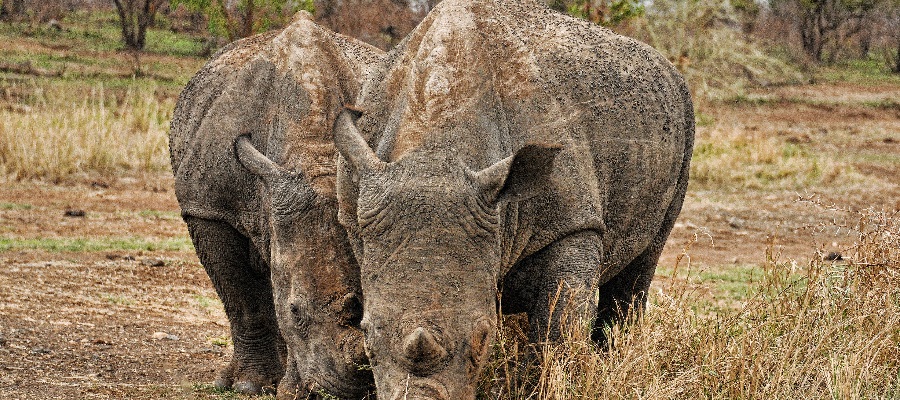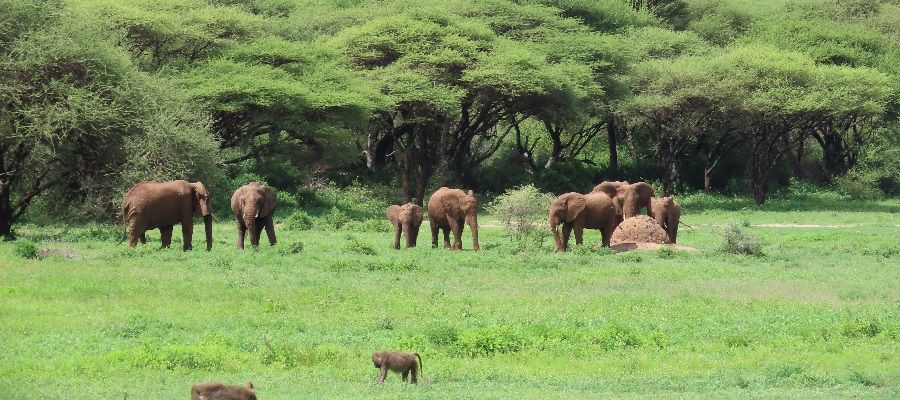
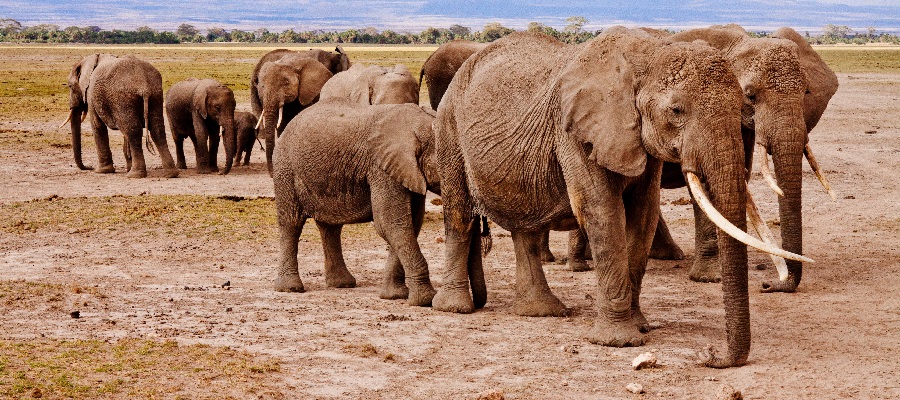
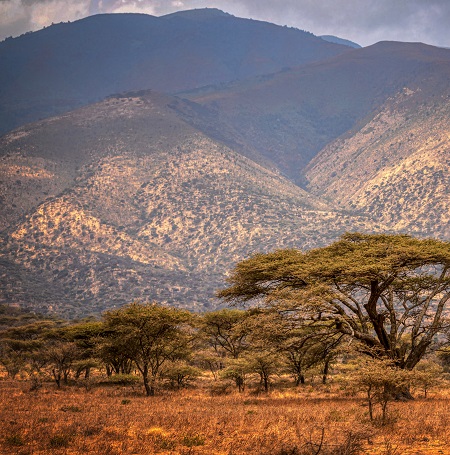

This Ngorongoro Crater is the biggest unfilled, inactive, and intact volcano in the world, located in Tanzania near Serengeti National Park. This is the most visited African attraction in the world and is home to over 40,000 animals. The crater was formed about 2.5 million years ago by a large active volcano after collapsing inward, leaving behind the crater that we see today. Some maintain that before it erupted, it would have been higher than Mount Kilimanjaro, the highest peak in Africa, which is a world-renowned natural wonder and a UNESCO World Heritage Site.
Visit Ngorongoro crater as one of the most popular tourist destinations in the country located in northern Tanzania and East Africa, a natural wonder with the world highest concentration of wildlife, it’s one of the best places in Africa to allow you to visit to see all Africa big five in a small one-day tour. The crater is home of the most concentrated population of wildlife especially predators like Lion, leopards, hyenas, jackals and many more other animals include Rhinos, Elephants, Buffalos, Zebra, Wildebeest, hippos.
The best way to book a safari in Ngorongoro Crater is to send us an email at sales@africanaturaltours.com or call us directly on WhatsApp at +255 764 415 889 to make safari trip reservations.
It costs $500 to $6,000 per traveler per trip to visit Ngorongoro Crater on safari in Tanzania, which is a world-renowned natural wonder, a UNESCO World Heritage Site, and covers an area of approximately 264 km2. The cost of a safari in Ngorongoro can vary depending on several factors, including the duration of the safari, the level of luxury or accommodation chosen, the number of people in the group, the time of year, and the specific services and activities included in the package.
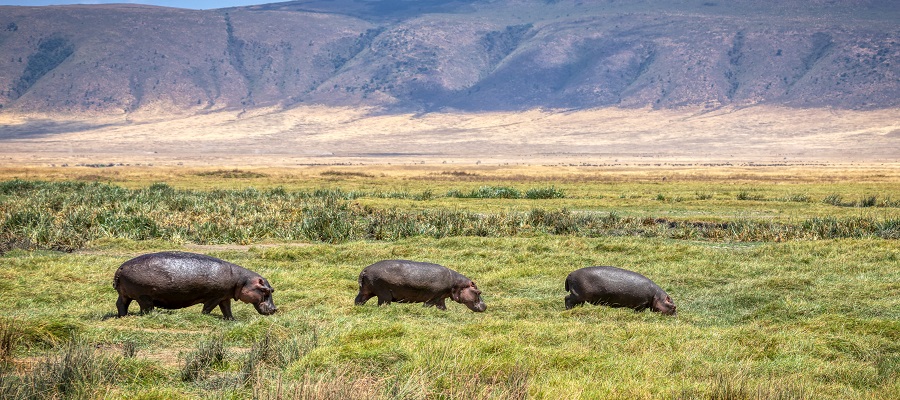
1. Size and location
Ngorongoro Crater It measures about 19 kilometers in diameter and covers an area of approximately 264 square kilometers. It is located in northern Tanzania, near the Serengeti National Park, in Africa.
2. UNESCO World Heritage Site
Ngorongoro Crater was declared a UNESCO World Heritage Site in 1979 because of its unique ecosystem and geological significance.
3. Wildlife Diversity
The crater is home to an incredible diversity of African wildlife, including the "big five" (lions, rhinoceroses, leopards, elephants, and Cape buffalos), as well as wildebeest, gazelles, hippos, zebras, crocodiles, and many other species.
4. Conservation Area
In 1959, the Ngorongoro Conservation Area was established, and the crater is managed by the Ngorongoro Conservation Area Authority. Visitors are required to follow these rules because the crater has strict rules and regulations to protect the wildlife and ecosystem.
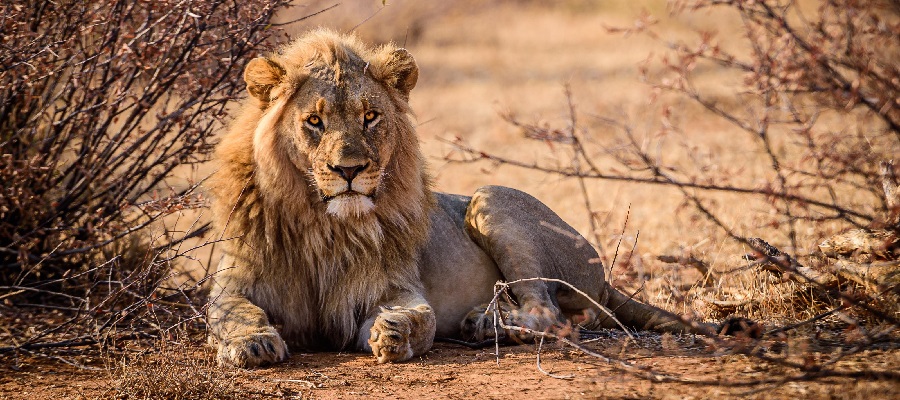
5. Natural Wonder in the world
Ngorongoro Crater is considered one of the most beautiful natural wonders in the world, with its cultural significance, rich biodiversity, and stunning landscapes.
6. Safari Tours
Visitors to Ngorongoro Crater can take safari tours to explore the crater and view the wildlife. Safari tours are available from January to December, with the best time to visit in the months of June, July, August, September, and October, as well as January, February, and March.
7. Accommodation in Ngorongoro
Ngorongoro Conservation Area offers a variety of accommodation options, including luxury lodges and campsites. Visitors can choose to stay inside the crater or in nearby towns.
8. Maasai Community
The Ngorongoro Conservation Area in Tanzania is home to several Maasai communities. The Maasai are known for their unique culture and way of life, which revolves around their livestock.

9. Bird Watching
Ngorongoro Crater is also a popular destination for birdwatchers, with over 500 bird species recorded in the crater. Some of the most common birds include vultures, flamingos, ostriches, and eagles.
10. Economic benefits
Ngorongoro Crater provides important economic benefits to local communities, including employment opportunities and income from tourism. The crater is also home to several conservation projects aimed at protecting endangered species and preserving the crater's natural beauty for future generations.
The best time to visit the Ngorongoro for a Tanzania safari is usually during the dry season from late June to October, as wildlife is easier to track and spot depending on where you want to go and what you want to see. Whether you're visiting Tanzania for the first time, understand that there are two distinct rainy seasons: April to May (the long rains) and November to December (the shorter rains).
